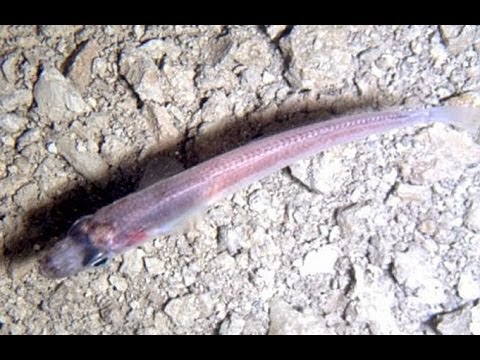UP TO 10,000 fish are being rescued from the Droitwich Barge Canal in the UK in a large scale operation to fix a leak, The Droitwich Standard reports.
Two fisherman will be working from dawn till dusk to finish the job by tomorrow morning (Saturday) using a specialist electrofishing technique.
Once the works on the 1300 metre stretch, between Hawford Bottom Lock and Ladywood Top Lock, have been completed, engineers will inspect the 17th century timber culvert they believe is causing the leak.
The Canal and River Trust has been working with James and Josh Kirk, from MEM Fisheries Ltd, who are undertaking the rescue.
The pair are expecting to find fish of all kinds including skimmerbreams, roach, perch, gudgeon, eels and crucian carp.
Before the job could be started the canal was drained by just over a meter and two large nets were set up about 50metres apart.
James and Josh then walked up and down the canal with electric wands which send currents through the water, temporarily stunning the fish so they floated to the surface and could be caught with the nets.
Two big sweeps were being carried out with care taken not to harm the fish.
They were then transferred into large bins filled with fresh water before being moved to a nearby unaffected part of the canal.
The pair have to wear full body dry flotation suit which stop them from being electrocuted and from hurting themselves on anything in the canal.
James said: "So far, the biggest fish has been about a pound, around 12 inches, but we are anticipating fish of up to 10 and 12 pounds, maybe even a little bit bigger."
"The water is not very cold at all you do not really feel it in these suits if anything you sweat."
The canal is then drained, a minimum of 600mm or water must be left, and James and Josh have to go back and pick up any remanding fish.
The culvate, which was put in place when the canal was first built, will then be cleaned out with a high pressure water jet and a camera will be used to take a close look at it.
Rick Fowler, The Canal and River Trusts's waterway engineer, said 99 per cent of the fish would be caught saying this was the most cost effective method with the lowest risks.
"It has got to be done with due care and consideration we like to look after the environment and our heritage.
"If necessary we will do it with a layer of ice on the water - if there is an issue then we have to act on it."
Read more HERE.
Two fisherman will be working from dawn till dusk to finish the job by tomorrow morning (Saturday) using a specialist electrofishing technique.
Once the works on the 1300 metre stretch, between Hawford Bottom Lock and Ladywood Top Lock, have been completed, engineers will inspect the 17th century timber culvert they believe is causing the leak.
The Canal and River Trust has been working with James and Josh Kirk, from MEM Fisheries Ltd, who are undertaking the rescue.
The pair are expecting to find fish of all kinds including skimmerbreams, roach, perch, gudgeon, eels and crucian carp.
Before the job could be started the canal was drained by just over a meter and two large nets were set up about 50metres apart.
James and Josh then walked up and down the canal with electric wands which send currents through the water, temporarily stunning the fish so they floated to the surface and could be caught with the nets.
Two big sweeps were being carried out with care taken not to harm the fish.
They were then transferred into large bins filled with fresh water before being moved to a nearby unaffected part of the canal.
The pair have to wear full body dry flotation suit which stop them from being electrocuted and from hurting themselves on anything in the canal.
James said: "So far, the biggest fish has been about a pound, around 12 inches, but we are anticipating fish of up to 10 and 12 pounds, maybe even a little bit bigger."
"The water is not very cold at all you do not really feel it in these suits if anything you sweat."
The canal is then drained, a minimum of 600mm or water must be left, and James and Josh have to go back and pick up any remanding fish.
The culvate, which was put in place when the canal was first built, will then be cleaned out with a high pressure water jet and a camera will be used to take a close look at it.
Rick Fowler, The Canal and River Trusts's waterway engineer, said 99 per cent of the fish would be caught saying this was the most cost effective method with the lowest risks.
"It has got to be done with due care and consideration we like to look after the environment and our heritage.
"If necessary we will do it with a layer of ice on the water - if there is an issue then we have to act on it."
Read more HERE.
The Aquaculturists
This blog is maintained by The Aquaculturists staff and is supported by the
magazine International Aquafeed which is published by Perendale Publishers Ltd
For additional daily news from aquaculture around the world: aquaculture-news
















